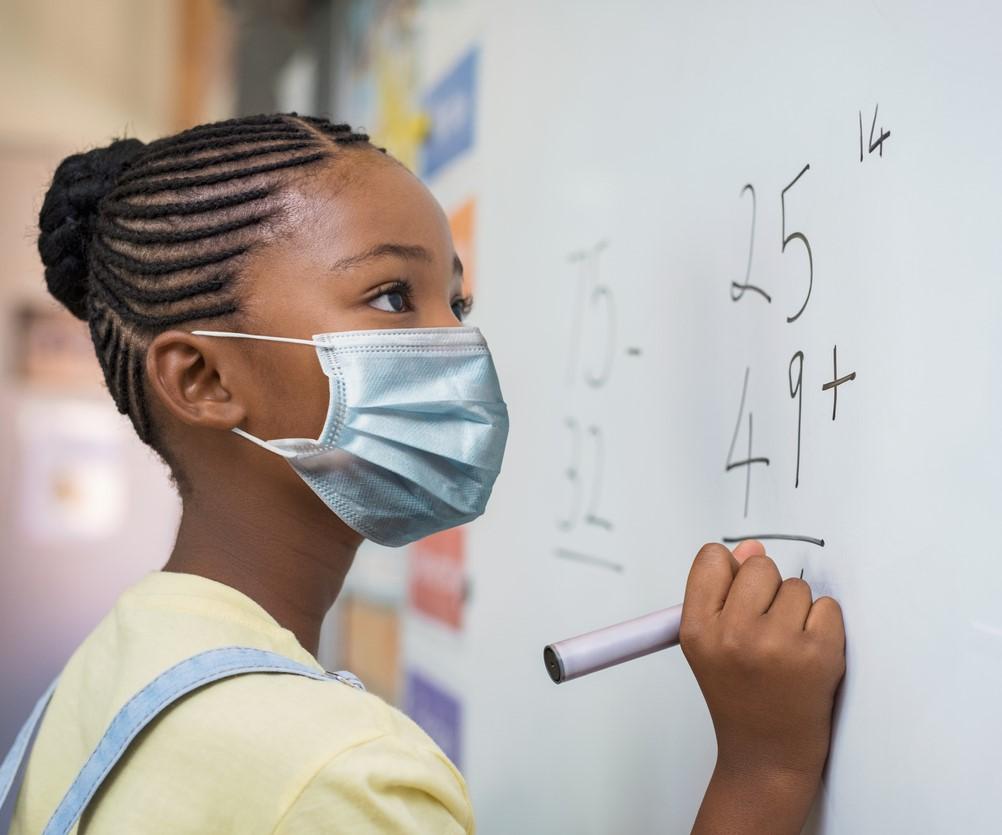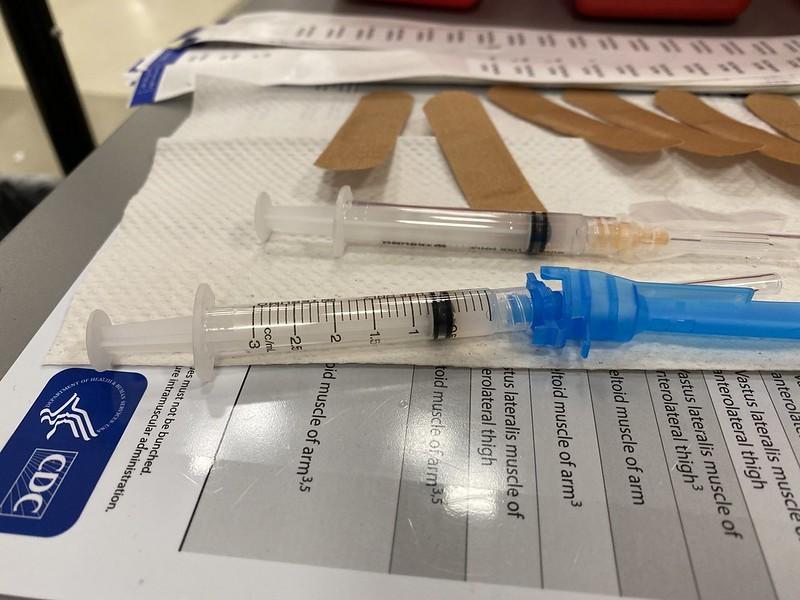The European Centre for Disease Prevention and Control (ECDC) and the Public Health Agency of Sweden today released a 36-page after-action report on how decisions were made whether to keep schools open during the earlier pandemic months. According to an ECDC press release, the reviewers looked at how the policies were made, gauged their impact, and assembled detailed lessons on good practices and areas for improvement in future health emergencies.

The report focuses on the period of November 2020 to January 2021, a time when Sweden experienced a second wave that was much larger than its first. Sweden's policy was distance learning for secondary-school students and keeping in-person learning in place—alongside infection control measures for younger students, except when local outbreaks occurred.
Multiple stakeholders working with the national education agency and regional health officers collaborated on the advice for schools. Decisions were influenced by health outcomes and the broader impact on the public, the well-being of students, families, and school staff, and socioeconomic inequalities. The advice changed as new evidence emerged.
The review also identified data missing during guidance development, including data on children's perspectives and aggregated data on student absenteeism. It also identified guiding principles, including a focus on what was best for children, that adults are responsible for cutting the burden of disease spread, equal access for all students, and a priority to keep schools open.
Andrea Ammon, MD, MPH, ECDC's director, said the after-action report shows the complexity of decision-making around public health measures such as school closures that were designed to cut SARS-CoV-2 transmission but affected children, especially those from vulnerable groups.
"Pandemic preparedness plans everywhere should be updated to account for such complexities, through activities such as enhancing cross-sectoral coordination, developing strategies for communicating the rationale behind recommended measures and establishing approaches for listening to the affected stakeholders," she said.














